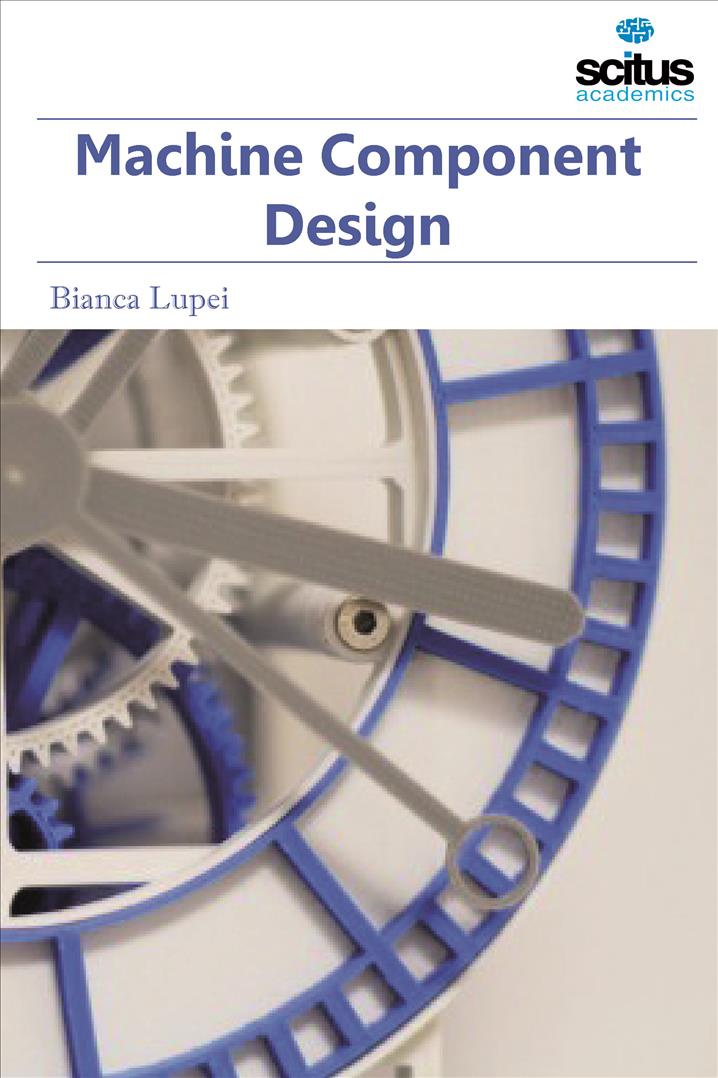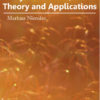A machine has a power source and actuators that generate forces and movement, and a system of mechanisms that shape the actuator input to achieve a specific application of output forces and movement. Machine component refers to an elementary component of a machine.
Machine component may be features of a part (such as screw threads or integral plain bearings) or they may be discrete parts in and of themselves such as wheels, axles, pulleys, rolling-element bearings, or gears. All of the simple machines may be described as machine elements, and many machine elements incorporate concepts of one or more simple machines.
The book, Machine Component Design, involves analytical methodologies for determining strength, stiffness and stability of a mechanical component and application of these methodologies to determine the size, shape, geometry and life of the components. Intended to serve as a reference tool on design of machine elements for students in mechanical, production and industrial engineering as well as for practicing engineers, this book is focused on all aspects of design of machine components including material selection and lift or performance estimation under static. Fatigue, impact and creep loading conditions. The wide range of real life applications and examples presented in the book provide conceptual understanding of complex and important engineering theories and will help students and practitioners to improve the decision process in the field of mechanical component design.













